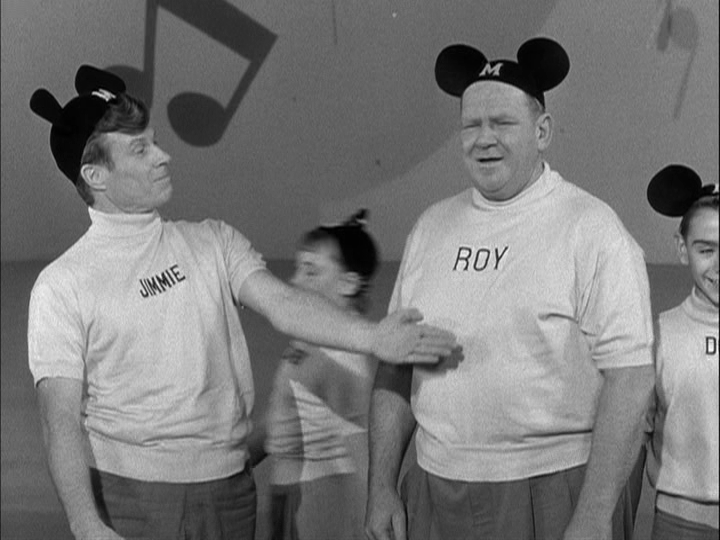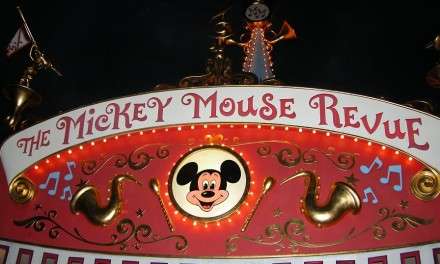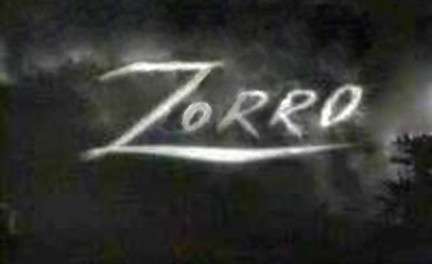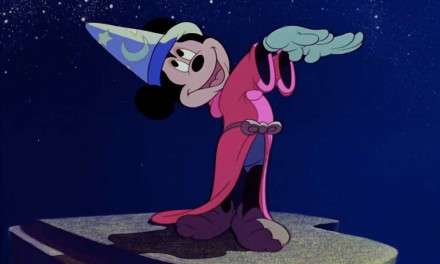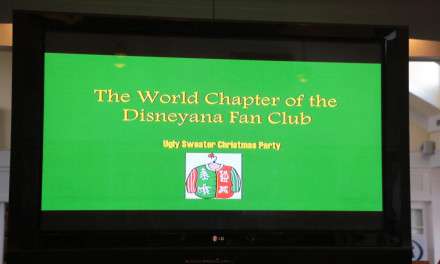There is perhaps no name on earth that when invoked can release a flood of emotions and memories then that of Walter Elias Disney. Ask anyone what Disney means to them, and the majority will say…Mickey Mouse or Donald Duck, and for most today, Disneyland, Walt Disney World, Cruise lines and Time shares. But to anyone lucky enough to be a member of the “Baby Boomer” crowd, the Mickey Mouse Club will command center stage. This children’s variety show was Walt’s second foray into a television series, the first being “Disneyland” later retitled the “Walt Disney anthology television series”. Both shows were used to showcase the new “Disneyland” park being built and to promote and finance the construction of the park. The show left an indelible mark on the world and the parents and kids who watched it religiously for its original run, 1955-1959.
In those halcyon days of the fifties, kids, unlike those of today’s generation did not have TV’s in every room, smart phones and other wwwices. The treat of the day was television. And parents did not worry about televisions content. And like Disneyland Park, it was a show that the whole family could watch together. This was a variety show for kids, with a newsreel, cartoon, serials and musical, talent and comedy skits. The performers on the show were a talented group of precocious kids, with names that will live forever in the hearts of Disney fans…i.e. Annette Funicello, Lonnie Burr, Chubby O’Brien, Cheryl Holdridge and the like.
And since the cast of the show was children, Walt knew he had to have adult hosts, to guide and give the kids role models to look up to. Everyone knows the MC of the show was an extremely talented actor, singer and songwriter, Jimmy Dodd. Jimmy is credited with writing the Mickey Mouse Club March. He was known for his homilies called “Doddisms” and played his “Mouse-guitar”, and sang self-composed songs. He was a role model and leader in every sense.
But he had a co-host that most fans then and now know little about, Joseph Roy Williams, known as the “Big Mooseketeer”. So who was this huge, funny looking guy that assisted Jimmy in the show? Joseph Roy Williams was born on July 30th, 1907 in the town of Colville, Washington. His father, Mr. D. W. Williams was from Wales in the UK and his mother was Ida M. Lofland from Missouri. Unfortunately his dad passed before his was 12. In 1920, Roy lived with his Mother and grandmother, Laura Smith in the Fremont district of Los Angeles. He was always a good artist and athlete, and while attending Fremont High School, became the cartoonist for the school newspaper, and played on the football team. Because of his size, he acquired the moniker, “Moose” Williams.
It was after the success of Steamboat Willie that Roy applied for a job with the Disney Studios at the old Hyperion Studios. A man of Roy’s colorful character garnered many “Stories” along the way, and the most famous is when Roy waited in Walt’s office for the job, the place was a mess, and he began a conversation with someone he thought was the janitor or messenger boy. When he said he would return since Mr. Disney was too busy to meet with him, he discovered that the man WAS Walt Disney! This was the beginning of Roy’s intense loyalty and respect he had for Walt. In fact, one time Roy’s sister-in-law was reproaching him because she said…”You talk as if he were God!” to which Roy responded…”He is!”
Roy started out in the art department, and as he gained experience, Walt paid for his tuition at the Chouinard Art School in Los Angeles. He then transferred over to Animation, first as an in-betweener, and then experienced Animator. Although he was a fine artist and animator, Roy’s strength was a story and gag man. Roy was a little rough around the edges and Disney director Jack Kinney once described Williams as a “big fat balding, hot-headed and unpredictable, but he had prolific talent, saying that he could write out gags and stories as if it were nothing. So how did this animator, story man and gag writer become part of the Mickey Mouse Club? Williams himself recalled it; he was sitting in Walt’s office one day, when Walt “looked up at me and said, ‘Say, you’re fat and funny looking. I’m going to put you on the show and call you the Big Mooseketeer.’ The next thing I knew I was acting.”
In the first season of the show, Roy assisted Jimmy Dodd, Bill Walsh and Hal Adelquist in choosing the cast for the show. The kids were photographed and Roy would also sketch them, and give his opinion. But he did not participate in the casting process after the first season. Roy was part of the roll call for the shows seasons, but Walt forbade him to sing out loud and insisting the sound editors had to assemble his spoken lines word by word from multiple takes. But despite this, Roy could do a bit of comic acting, and in the later seasons he appeared in as many skits as Jimmie, though he stayed away of song and dance numbers. In the shows first seasons filming, Roy’s quick sketch ability played a part into the story lines for many numbers, but his on-camera sketching gradually disappeared in the second season, though his illustrations would occasionally grace Jimmie’s “Doddisms” and the Mousekefables.
Roy and his wife Ethyl liked the kids (He and Ethyl had a teenage daughter Maureen) and they held birthday parties at the swimming pool at his house. Roy also got along well with both Jimmie and co-host Bob Amsberry, even carpooling to and from the studio with them. Williams was always there for the kids, helping out in any way he could. He would draw sketches of the Disney Characters and give them to the cast. He was always remembered warmly by the kids on the show. Former Mouseketeer Lonnie Burr appeared on Tom Snyder’s Tomorrow show on NBC in 1975 to talk about the Mickey Mouse Club at the time of its 20th anniversary, called Williams “a warm guy, who liked kids, always had time for kids, and always helped us any way he could.”
There were always tall tales circulating around Roy. Two tales, which may be based on fact, Tommy Cole in 1975 recalled that Roy would amuse the older male Mouseketeers with off-color jokes and Doreen Tracy said she helped Roy hide a liquor bottle or two once in a while around the sound stage. Roy was also had a great sense of humor and loved practical jokes. He used to keep a large gift-wrapped package on the floor of his home. Whenever a male visitor came to the house for the first time, he told him the gift was for him. It was loaded down with heavy iron, and it made Roy laugh when his guest tried to pick it up.
Roy was actually the only Disney employee on the show and when it was over, Roy assumed his regular duties at the studio. He appeared on a special TV show about Disneyland in 1959, and made appearances in Disneyland parades. Roy retired in the 1970’s, but continued sketching at the Art Corner. He stayed on good terms with the Mouseketeers, particularly Sharon Baird, whom he saw regularly. He was interviewed by phone on the Tomorrow Show in 1975 and was also interviewed by Jerry Bowles the same year. Roy also wrote several books, including collections of his magazine cartoons and some poetry. There is rumor that he also penned a private memoir, and it supposedly covered his adventures at the Disney Studio as a gag man and also included remembrances of his time on the Mickey Mouse Club, but up to now no one knows where it is. A member of Williams family substantiated that the book exists, but has no knowledge of its whereabouts.
Roy, in addition to being the “Big Mooseketeer” is also credited with wwweloping story ideas for Disney. He also designed over 100 insignias for the U.S. armed forces during World War II. Roy is also credited with designing the mouse ears worn on the Mickey Mouse Club. He got the idea from the 1929 short, “Karnival Kid” where Mickey “Tips” his ears to Minnie. Williams also produced one-panel gag cartoons for The New Yorker, Saturday Evening Post, and other magazines. Williams died in Burbank, California on November 7, 1976 of a heart attack. He was posthumously inducted as a Disney Legend in 1992.

